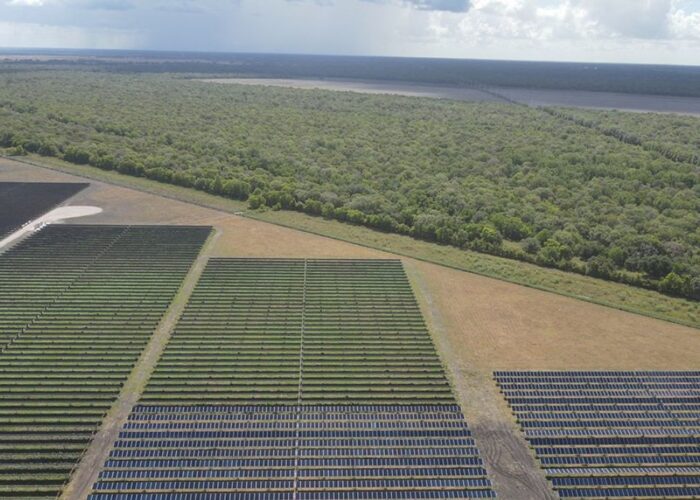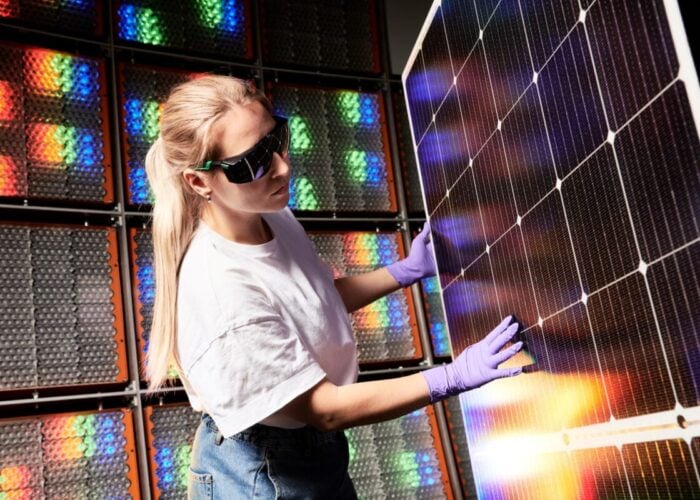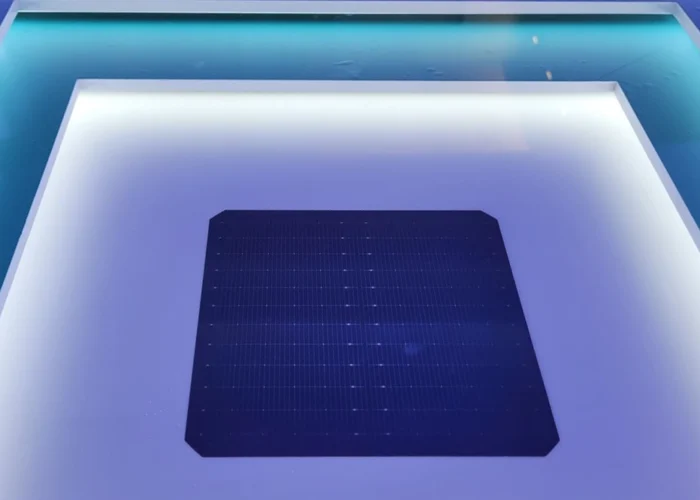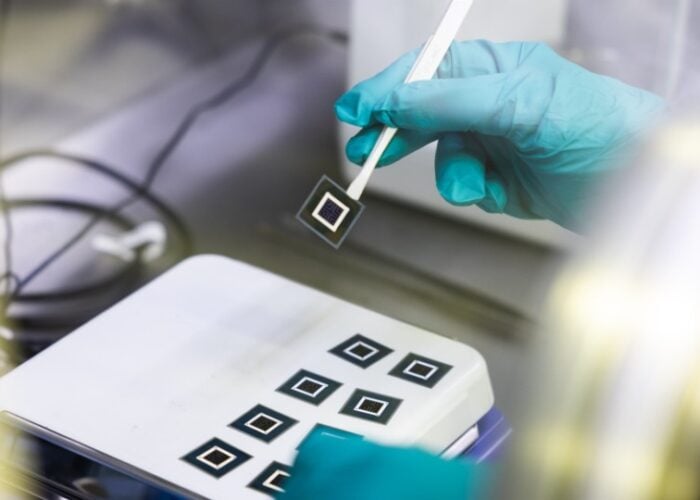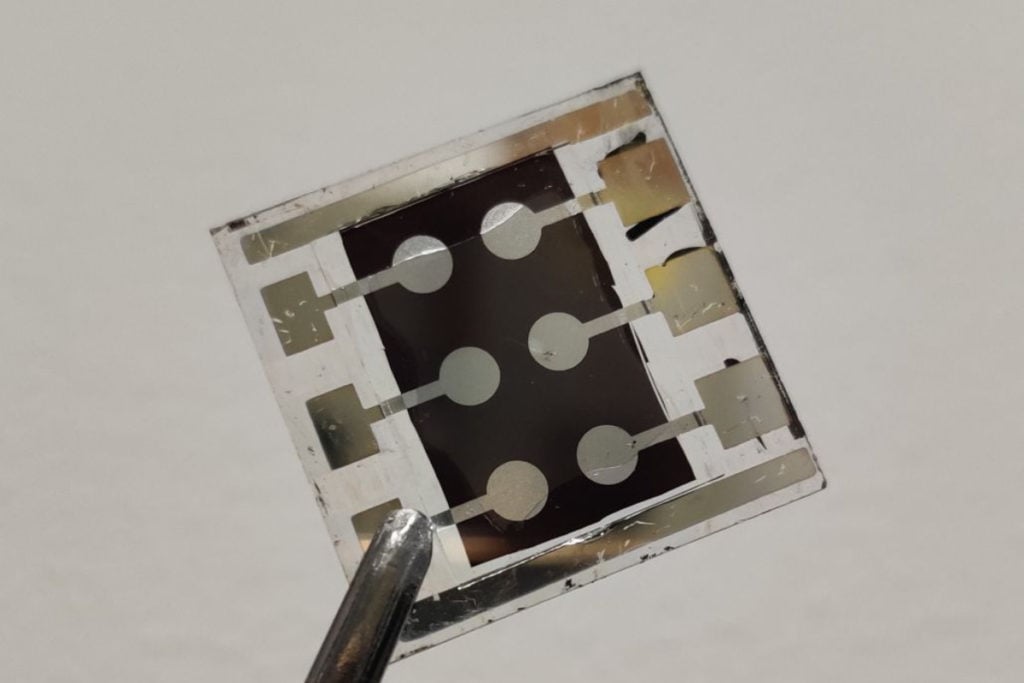
City University of Hong Kong has announced an improvement in perovskite solar cells as a research team engineered a type of self-assembled monolayer and anchored it on a nickel oxide surface as a charge extraction layer.
The research team claimed that the self-assembled monolayer is a heat-sensitive shield of the perovskite cells. By introducing the “thermally robust charge extraction layer”, the improved cells could retain over 90% efficiency — boasting an efficiency rate of 25.6% — even after operating under about 65℃ for over 1,000 hours.
Try Premium for just $1
- Full premium access for the first month at only $1
- Converts to an annual rate after 30 days unless cancelled
- Cancel anytime during the trial period
Premium Benefits
- Expert industry analysis and interviews
- Digital access to PV Tech Power journal
- Exclusive event discounts
Or get the full Premium subscription right away
Or continue reading this article for free
“We discovered that high-temperature exposure can cause the chemical bonds within self-assembled monolayer molecules to fracture, negatively impacting device performance. So our solution was akin to adding a layer of nickel oxide nanoparticles, topped by a self-assembled monolayer, achieved through an integration of various experimental approaches and theoretical calculations,” said Zhu Zonglong, professor of the department of chemistry at City University of Hong Kong.
Apart from researchers in universities worldwide, the solar industry has also been developing perovskite. For example, German research institution Fraunhofer ISE has developed a perovskite-silicon triple-junction solar cell which boasts a conversion efficiency of “over 30%” and a voltage of over 2.8v.
US’ National Renewable Energy Laboratory also said bifacial perovskite cells could potentially produce up to 20% more energy yield than their monofacial counterparts.

